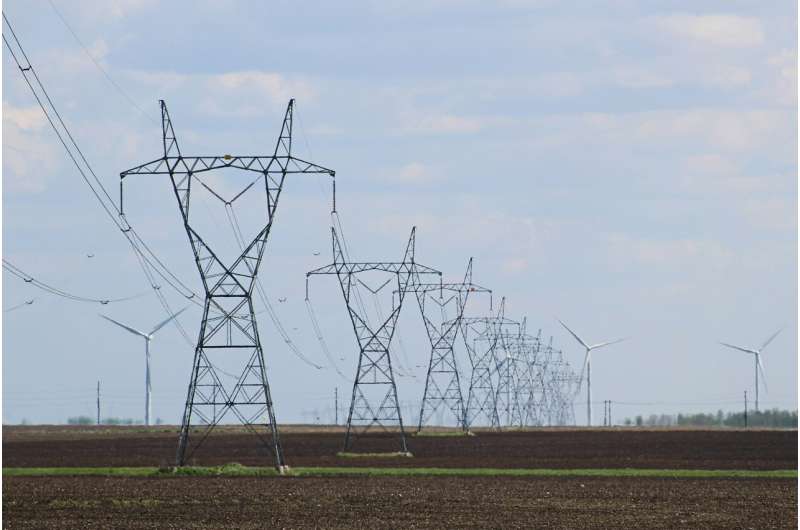This article has been reviewed according to Science X's editorial process and policies. Editors have highlighted the following attributes while ensuring the content's credibility:
fact-checked
trusted source
proofread
Predicting the energy balance algorithmically

A team in Turkey has tested different machine-learning algorithms for predicting electricity demand from different sources. They trained the algorithms on electricity demand data for the period 2000–2022 and used them to successfully make predictions for 2023 with differing degrees of accuracy.
The researchers tested the predictive power of long short-term memory (LSTM), artificial neural network (ANN), linear regression (LR), support vector regression (SVR), decision tree regression (DTR), random forest regression (RFR), and eXtreme gradient boosting (XGBoost) and demonstrated that LSTM is the most accurate. Such an algorithm could be used to model energy usage and production for long-term electricity planning around the world.
Writing in the International Journal of Oil, Gas and Coal Technology, Mehmet Hakan Özdemir and Batin Latif Aylak of the Turkish-German University in Istanbul, Murat İnce of Isparta University of Applied Sciences, Isparta, and Okan Oral of Akdeniz University in Antalya, Turkey, suggest that understanding supply and demand in terms of the different non-renewable and renewable energy sources is critical at this point in human history.
Given that non-renewable sources such as fossil fuels are finite and irreplaceable, renewable sources such as wind, solar, hydro, geothermal, and biogas which can be replenished are high on the generation agenda. Machine learning, with its ability to discern intricate relationships and patterns from large bodies of data, offers a powerful and flexible approach to prediction.
In contrast to traditional statistical methods, machine learning algorithms, trained on appropriate data sets, can consider the entirety of the available data and thus discern conclusions about complex interactions that traditional analytical methods cannot reach.
Machine learning could thus help us in our energy policy decisions and steer the electricity generation industry towards a path to a more sustainable future. The insights gleaned from the research not only inform decision-makers but also highlight just how transformative machine learning algorithms can be in redefining how we solve problems of this kind.
More information: Mehmet Hakan Özdemir et al, Predicting world electricity generation by sources using different machine learning algorithms, International Journal of Oil, Gas and Coal Technology (2024). DOI: 10.1504/IJOGCT.2024.136028
















